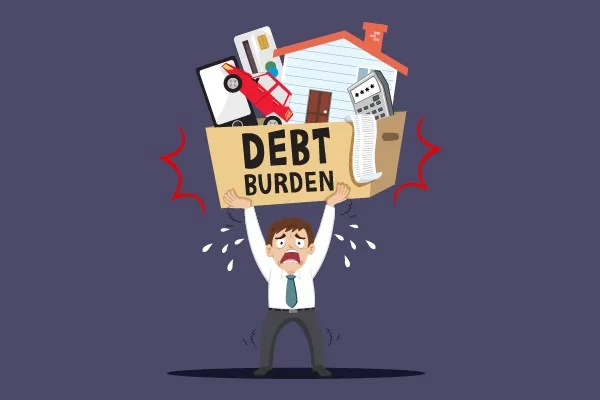Government working on ways to lower public debt burden: Finance Minister
Public debt is the total liabilities of the central government contracted against the Consolidated Fund of India.
It is further classified into internal & external debt.
In 2021, debt to GDP ratio was 84% (including states debt).
- NK Singh Committee on FRBM had envisaged a debt-to-GDP ratio of 40 % for the central government and 20 % for states aiming for a total of 60 % general government debt-to-GDP.

Reasons for high Public debt:
- Fiscal stimuli to support their economies during the
- pandemic (spending on infrastructure, welfare programs).
- Increased the costs of servicing interest debt.
Implications:
- Limits fiscal resources for meeting emerging priorities, like climate change adaptation, green transition etc.
- High interest payments account for 5% of GDP (in India), roughly twice the emerging market and developing-country average.
- Leads to Crowding out effect, reduction in private investment spending due to increased interest rates.
Suggestions:
Prudent fiscal policies, raising additional revenue through higher tax, non-tax, broadening base of the personal income tax, rationalise subsidies etc.
Initiative taken to lower Public Debt
- Enacted Fiscal Responsibility and Budget Management Act, 2003
- Established Public Debt Management Agency (PDMA)
- Public Financial Management System (PFMS)
Read About:Global Tax Evasion Report 2024 released by European Union Tax Observatory
